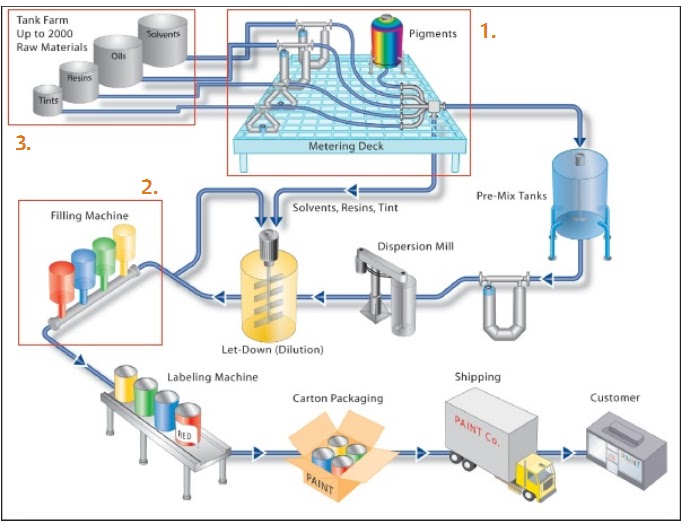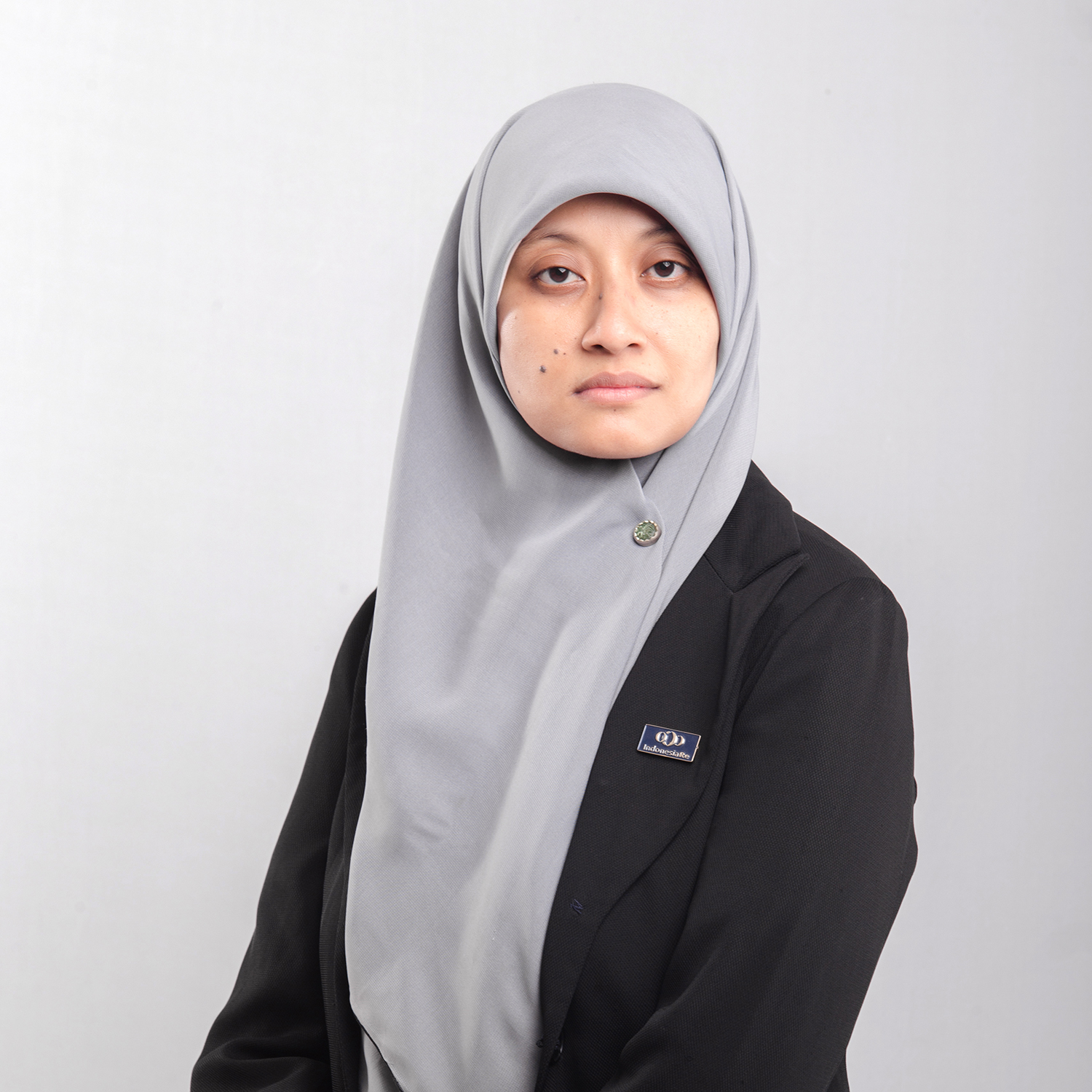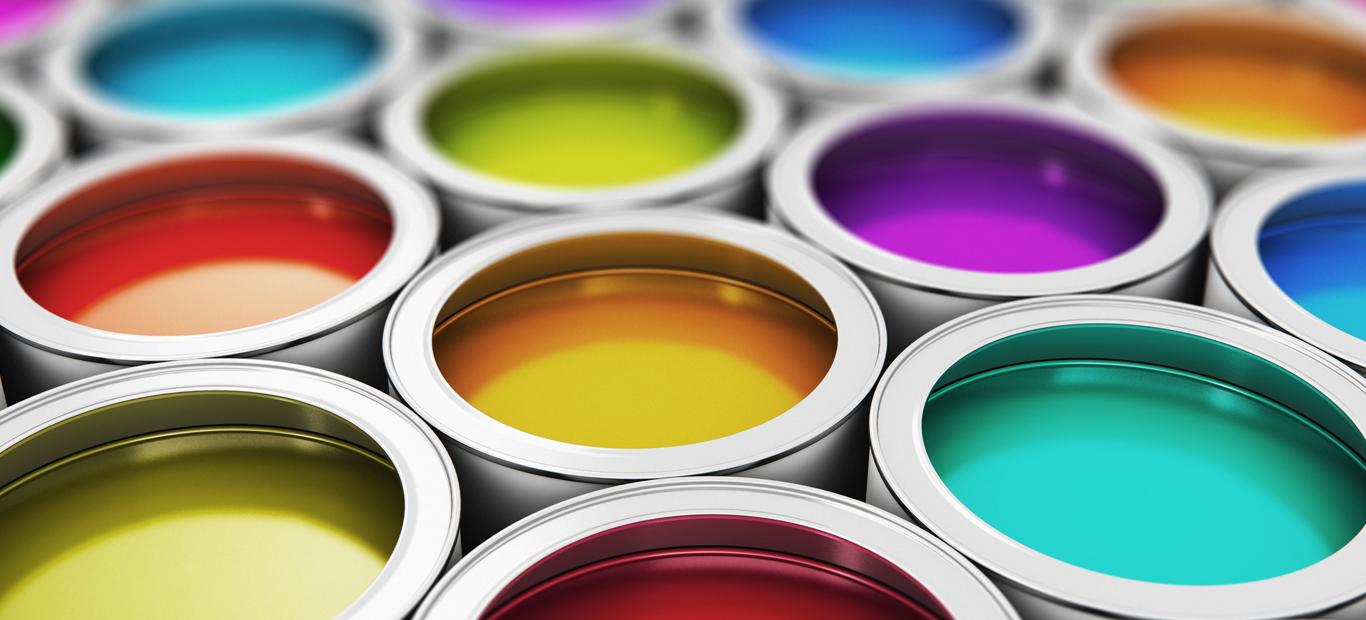Occupation 23005: Paints and Varnishes
Paint is a synthetic substance that has been known since the ancient time. At that time the paint was made from chalk and clay dissolved with animal oil. The primordial used this paint to describe the way they hunted.
Varnishes came into use in the 9th century and are made from natural resins, linseed oils and glues. Varnish is commonly used as a preservative and protective agent. In the 20th century, the use of synthetic resins was introduced so that the varnish dries faster and is stronger.
The Making Process
The following is a series of manufacturing processes in the paint and varnish industry:

Source : processflowsheets
1. The crushing of pigments and/ or resins
Generally, pigments and resins are in the form of solid lumps, so they must be crushed into a powder of the same size (homogeneous) before moving to the next stage.
Pigments used in the manufacture of paint serve to provide specific color characteristics to the paint. Pigments can be in the form of organic and inorganic pigments. Organic pigments are made from plants or carbon-based life forms, usually in the form of azo-phthalocyanine and anthraquinone derivatives. Some types of inorganic pigments that are commonly used are titanium dioxide to produce white, carbon to produce black and iron oxide to produce red.
Resin functions as a binder which forms a solid layer so as to provide resistance to the paint/ varnish. Resins used in paints and varnishes are synthetic or natural resins. Examples of natural resins used are copal and synthetic resins that are often used are polyurethane resins.
2. Addition of additives
Additives are substances that are added to a mixture of resins and pigments to provide a specific purpose for the use of the paint.
Additives in the form of ceramic derivatives which function to increase the strength and durability of the paint. Fluorescent pigment is added to make the paint appear glow in the dark. Some additives are added to get a paint that is waterproof, rustproof or mildew free.
3. Dissolving
Adding solvent to the mixture of pigments, binders and additives to form an emulsion with the desired thickness. Based on the solvent used, the resulting paint is divided into water-based paint and solvent-based paint. Type of water-based paint, using water as the dominant solvent and other solvents such as glycol ether or alcohol. Paint products that are a type of water-based paint are emulsion paint for walls, watercolor paint for painting, acrylic emulsion and latex paint. The solvent-based paint type contains solvents in the form of volatile organic compounds (VOCs) as the largest composition. Examples of solvents used are turpentine (spiritus), xylene (xylol) and toluene (toluol) oil.
4. Quality Control
Inspection of the quality of the paint/ varnish produced whether it suits the specifications or not, is done by conducting a test on viscosity, application to the surface, and so on.
5. Labelling and Packaging
Paint or varnish is poured into a container of a predetermined volume. The containers used are made of metal or plastic and are labelled with a brief description of the product and then packed into cardboard boxes.
Source : bqlive
Based on BPPDAN data in the last 5 years, claims for 23005 occupations have been less than 20 occurrences. Most occurrences have occurred in 2013 and 2016.
In 5 years, this occupation has an average Loss Ratio of 60% and the biggest claim severity in the range of below IDR 20 billion. The smallest claim frequency was in 2015, though it has the greatest severity compared to other years. This confirms that the claims for occupation code 23005 are very volatile.
Underwriting Considerations
In general, some things that must be considered in seeing the risks in this occupation are:
• Pay attention to the electric panel, is it functioning properly and should not be dirty
• Electrical installations must be in good condition and there are no cables that are peeled or torn and free from dust or dirt.
• Room or house keeping is in good condition and clean, and refers to the minimum national standard
• Have guidelines for work procedures and safety procedures that refer to national or international standards (e.g. ISO.)
• Equipped with adequate fire extinguishers and functions properly
Several other underwriting factors in particular are considered:
Water-based paint factory
Water is the main raw material for water-based type paints, so it is easy to obtain and cheaper than other raw materials so that the economic value of the products sold is relatively greater than the economic value of the raw materials used. This makes water-based paint factories have a Business Interruption coverage value that is greater than the value of material damage so that it will affect the magnitude of the severity at the time of the claim.
Solvent-based paint and varnish factory
The main raw materials in solvent-based paints and varnishes are volatile solvents and are generally flammable, so the temperature and air circulation for storing these materials are of great concern. Inside the storage area must have an appropriate APAR (fire extinguisher). Fire extinguishers used for fires involving flammable solvents are foam extinguisher, powder extinguisher and carbon dioxide CO2 extinguisher. When the air contains flammable substance vapors that come from solvents, uncontrolled discharge of static electricity is potentially dangerous or even catastrophic. Some industrial explosions and fires are caused by static electricity, therefore static electricity accident prevention procedures must be implemented.
Author





 15485
15485









